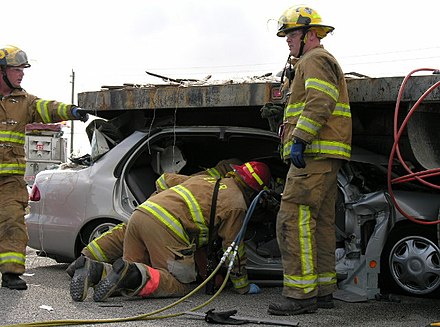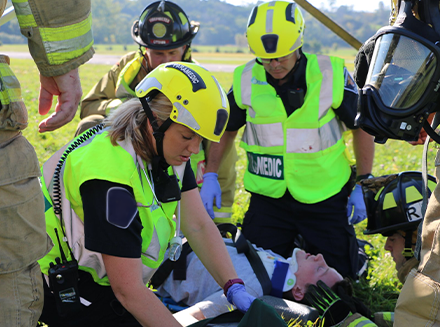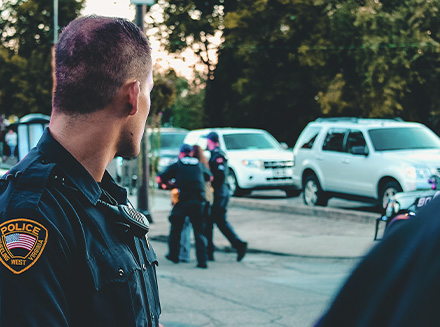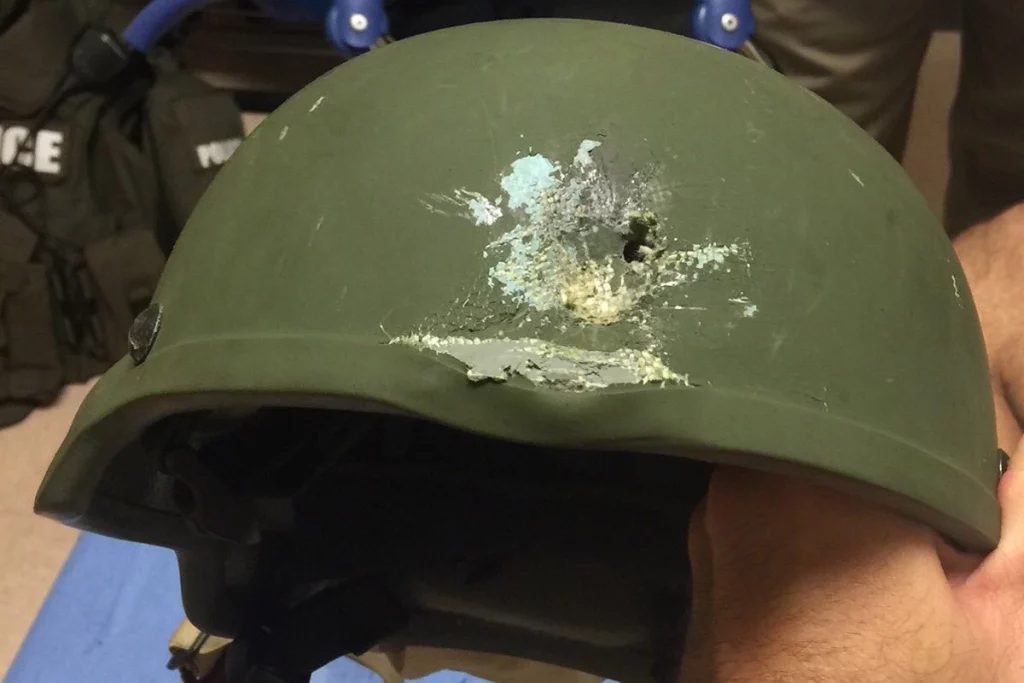The Case FOR BALLISTIC HELMETS IN FRONT LINE POLICING
The TRUE IMPACT OF INSUFFICIENT HEAD PROTECTION FOR LAW ENFORCEMENT
Now more than ever, ballistic helmets for front line police use are making a case for themselves as required standard issue protective equipment. Many departments are learning the hard way that proper protective head gear is not a luxury; it must be seen as a critical piece of police user protective equipment.
HEAD PROTECTION AMONGST EMERGENCY RESPONDERS
Police are often the only emergency service that does not provide helmets as part of their standard issue PPE. They have soft body armour, hard plates but are missing head protection.



MRDS have been used by special operations forces, tactical teams, and in competitive shooting sports for years. Now with further advancements in durability, battery life, duty holster compatibility and OEM duty pistol compatibility (GLOCK MOS), MRDS have quickly become a viable option for general duty use. As more agencies begin to adopt MRDS optics, the true benefits to usability and police user safety are becoming very apparent.
REAL-WORLD SCENARIOS WHERE PROTECTION IS CRITICAL
Ballistic helmets have often been thought of as equipment required only for specialty Police users. In reality, Police encounter regular scenarios where proper head protection can provide a critical layer of safety.
- Natural disaster (torando, floods, earthquake)
- Major motor vehicle accident
- Shots fired call
- IARD call
- Structural fires
- Industrail accident
- Barricaded armed person
Ballistic VS Bump Helmets: Although bump helmets provide protection for some of the scenarios above, they do not provide sufficient protection against bullets or fragmentation.
The repercussions of a lack of head protection
Information recently released about police users and their likelihood of experiencing a traumatic brain injury (TBI) during their lifetime has been a wakeup call to many in law enforcement. The rapid increase in officers filing for disability and associated cost both psychological to the officer and financially to the department – make a clear case for the value in providing sufficient officer head protection.
38.9%
Of officers surveyed experienced a TBI during occupational police activity VS 12% reported in general population.
115%
Increase in costs for illness-and-injury-related wages and health care reported in some cities.
Real-world protective helmet deployment
In terms of real-world deployment, police issue ballistic helmets would not need to be worn all shift. Instead, the more likely scenario would see the helmet kept in the patrol car, making it available to officers in the event of an emergency response scenario or IARD. Many agencies are already implementing a similiar strategy with hard armour plates but strangely not with ballistic helmets. You don’t need to look far for examples of ballistic helmets saving officers lives. In the Orlando night club shooting back in June 2016, a SWAT officer was struck in the head with a bullet, his life was saved by his helmet (a Galvion Viper A3). Without the protection of a ballistic helmet, the result would have been fatal.

Photo courtesy of Orlando Police via Twitter



 RAMPARTCORPUSA.COM
RAMPARTCORPUSA.COM